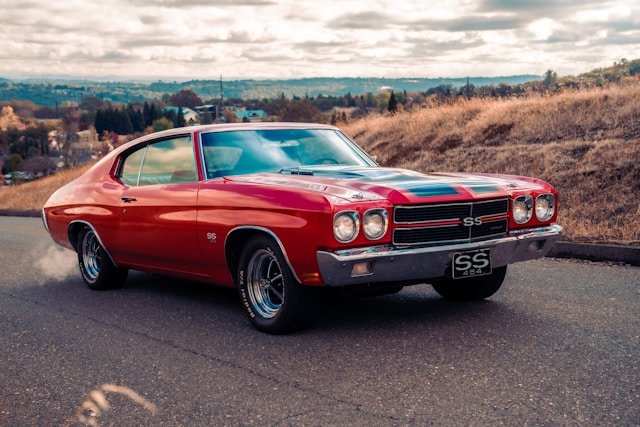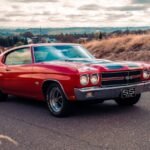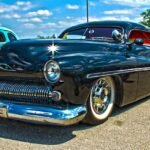Back in the 1960s and ’70s, a muscle car was something you could buy right off the showroom floor for a few thousand dollars. Young drivers wanted speed, style, and the thrill of a V8 under the hood. Nobody thought much about what these cars would be worth half a century later.
Fast forward to today, and many of those same cars — once affordable cruisers or weekend warriors — are now trading hands for hundreds of thousands, even millions, of dollars. Some were rare from the start, others gained value because they defined an era. All of them have one thing in common: they’ve become American legends.
Here are 10 American cars that skyrocketed in value, and why collectors can’t get enough of them.
1. 1967 Shelby GT500
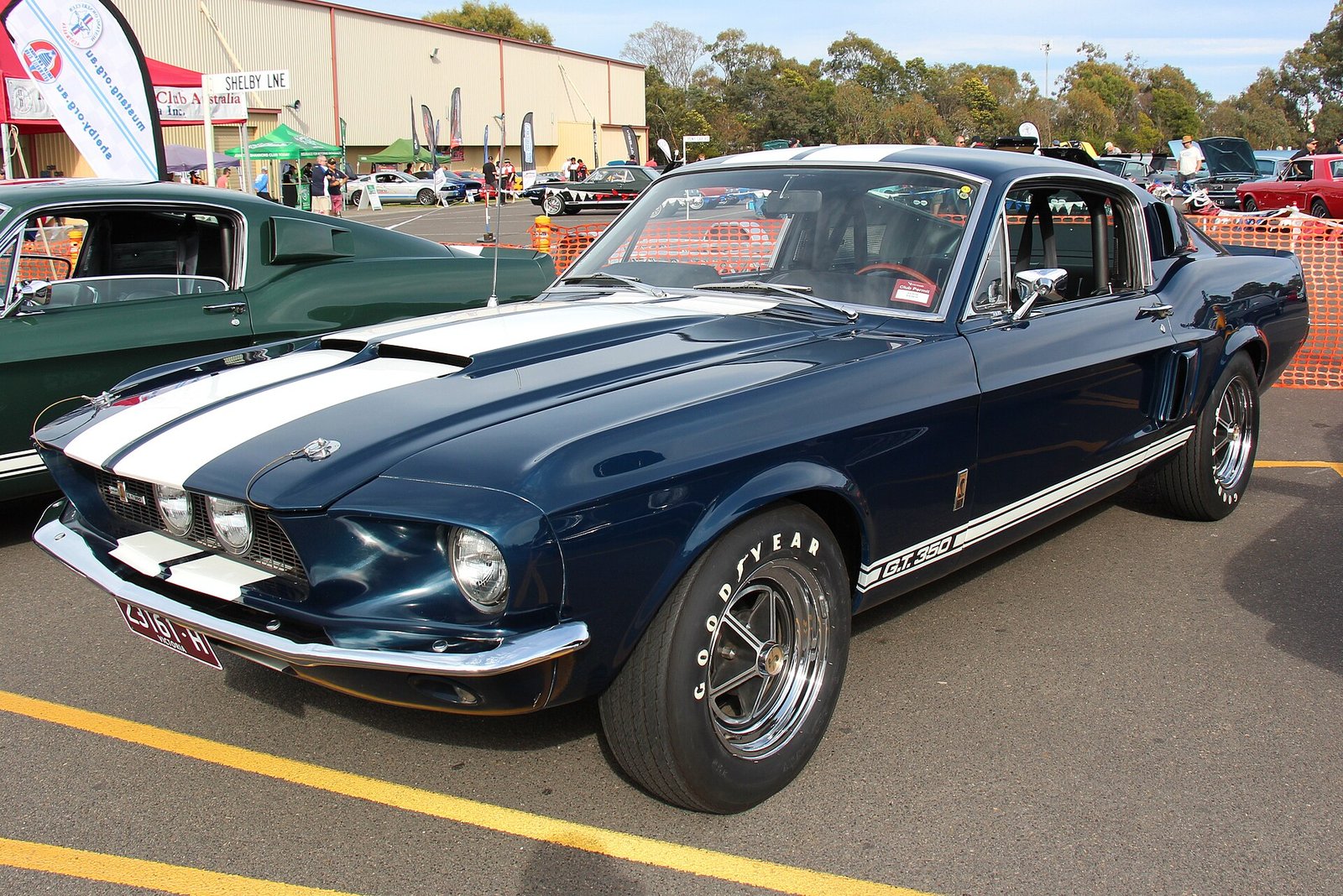
Carroll Shelby’s partnership with Ford gave us some of the most iconic Mustangs ever built. The 1967 Shelby GT500, powered by a 428-cubic-inch Police Interceptor V8, was one of the first true high-performance Mustangs.
Once sold for under $4,000, pristine examples now regularly fetch over $200,000 at auction — with rare models and special editions going much higher. Its blend of Mustang styling, Shelby tuning, and limited production made it a cornerstone of American performance history.
2. 1970 Plymouth Hemi ’Cuda
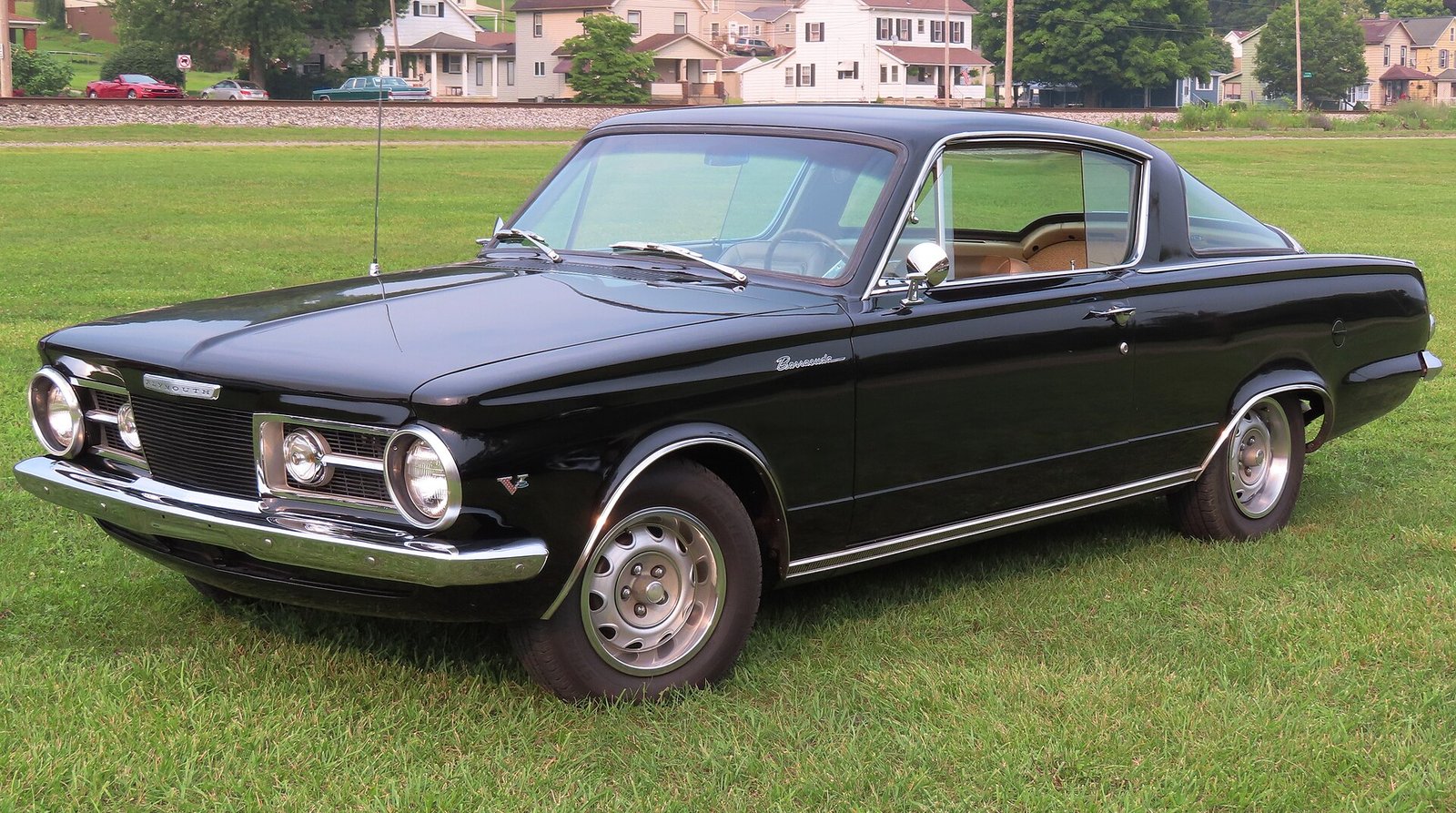
Few cars carry as much mystique as the Hemi ’Cuda. Plymouth’s Barracuda was already a stylish pony car, but in 1970, you could option it with the 426 HEMI — a race-bred engine with 425 horsepower that instantly turned it into a legend.
Only a few hundred were built, and fewer still as convertibles. Today, Hemi ’Cuda convertibles are among the most expensive American muscle cars ever sold, with auction prices climbing past $3.5 million.
3. 1969 Chevrolet Corvette L88
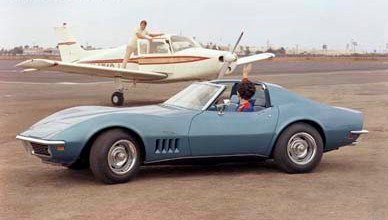
The L88 wasn’t just another Corvette — it was essentially a factory-built race car. With a 427-cubic-inch V8 officially rated at 430 horsepower (but actually closer to 550), the L88 was brutally fast and came with almost no creature comforts.
Chevy built only 116 L88 Corvettes in 1969, making them incredibly rare. Auction prices have soared into the seven-figure range, proving that when it comes to Corvettes, rarity plus performance equals collector gold.
4. 1969 Dodge Charger Daytona
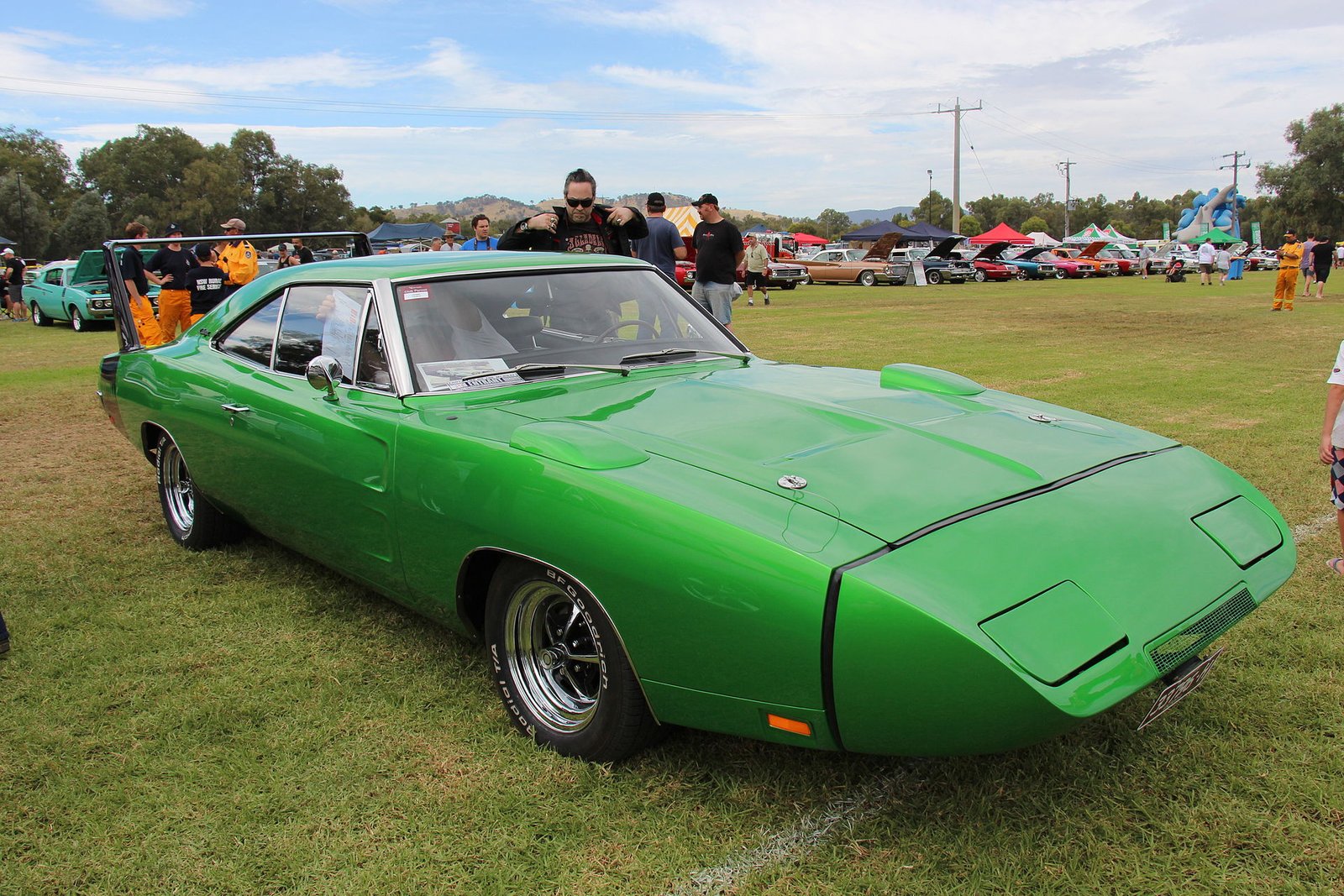
Built for NASCAR, the Charger Daytona was wild even by muscle car standards. With its massive rear wing and pointed nose cone, it looked like nothing else on the road. The aerodynamics worked too — in 1970, it became the first NASCAR car to break 200 mph.
Fewer than 500 street versions were built to meet homologation rules. Once the butt of jokes for its wild looks, the Daytona is now one of the most coveted Mopars, with values topping $900,000.
5. 1969 Pontiac GTO “The Judge”
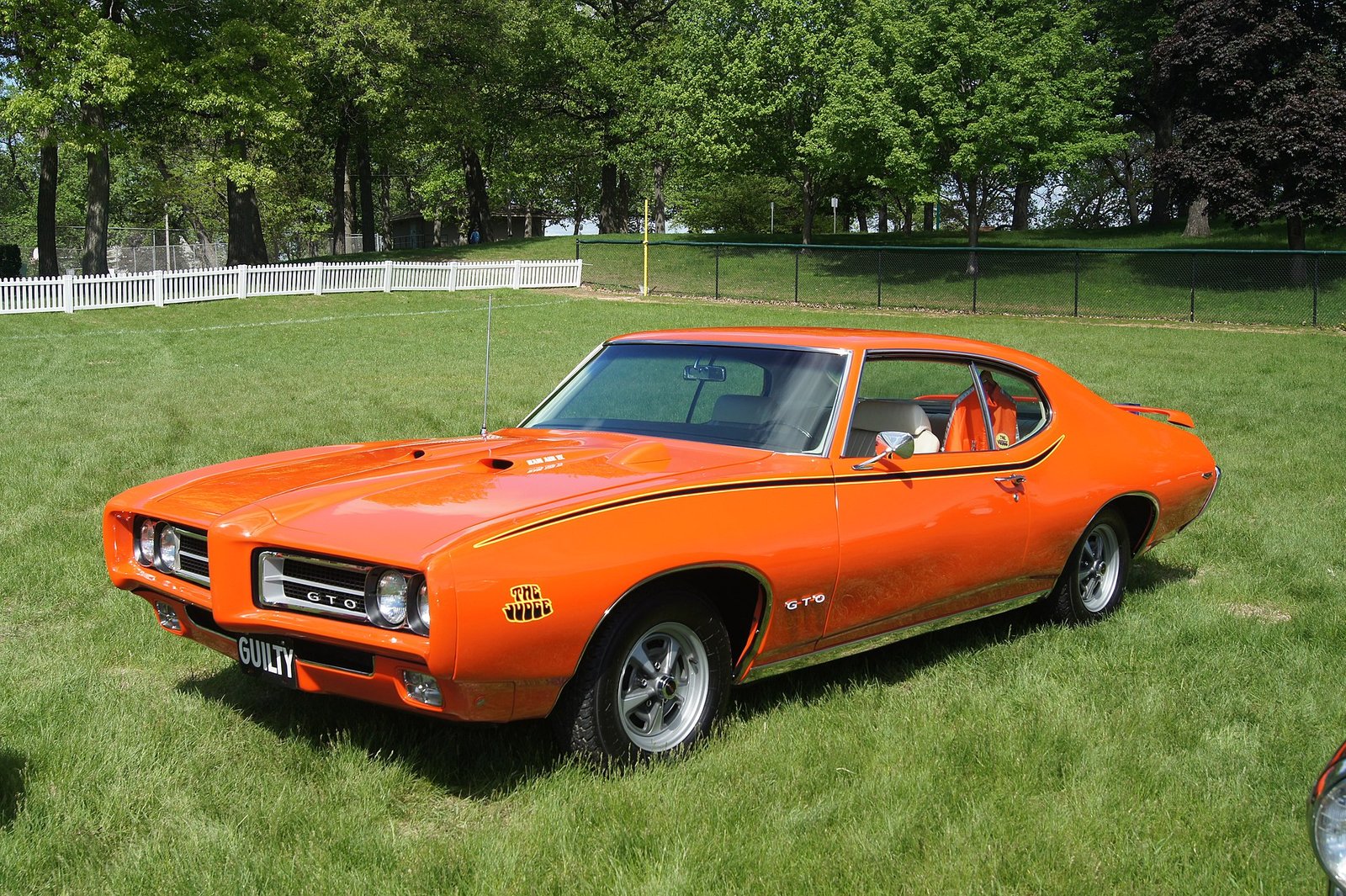
Pontiac practically invented the muscle car with the GTO, and by 1969, it had become a cultural icon. “The Judge” was a special performance version with bold graphics, a Ram Air engine, and a swagger that fit perfectly into the late ’60s.
Originally priced at about $3,300, today well-kept Judges can command $150,000 or more. The combination of rarity, performance, and unmistakable style makes it a perennial collector favorite.
6. 1970 Chevrolet Chevelle SS 454 LS6
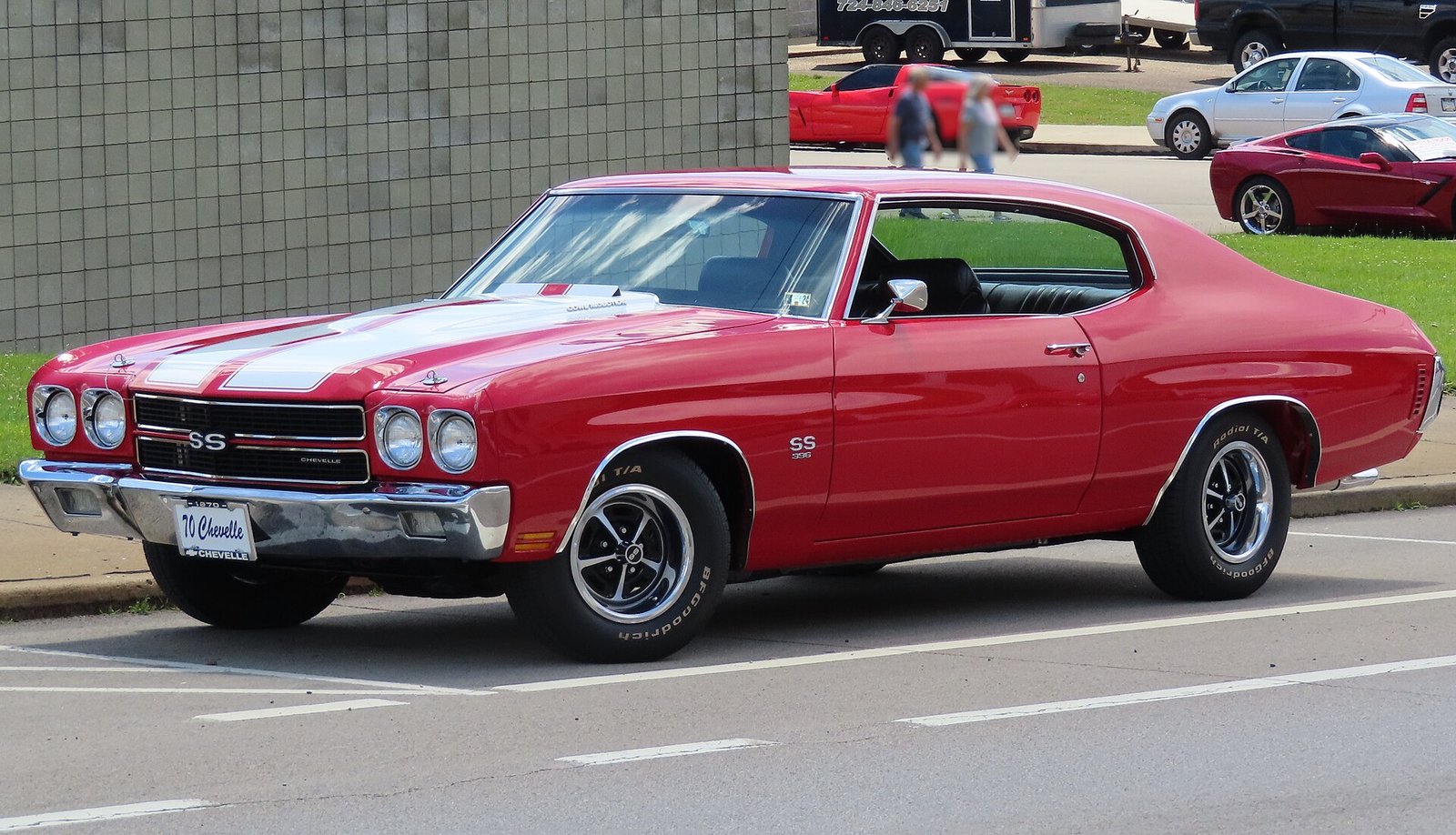
When it comes to pure muscle, the 1970 Chevelle SS 454 LS6 is hard to beat. Its 454-cubic-inch V8 produced a factory-rated 450 horsepower — the highest of the muscle car era.
Only a few thousand were built, and many were driven hard, making survivors rare. Today, top-condition LS6 Chevelles can bring in $250,000–$400,000, a far cry from their original sticker price of around $4,000.
7. 1965 Shelby Cobra 427
The Cobra wasn’t built in huge numbers, but it was unlike anything else on the road. Carroll Shelby stuffed Ford’s 427 V8 into a lightweight British roadster chassis, creating one of the most ferocious cars of all time.
Authentic 427 Cobras are among the most valuable American cars ever. Original examples have sold for $2–5 million, depending on history and condition. Even replicas are highly prized, showing how powerful the Cobra’s legend remains.
8. 1969 Camaro ZL1
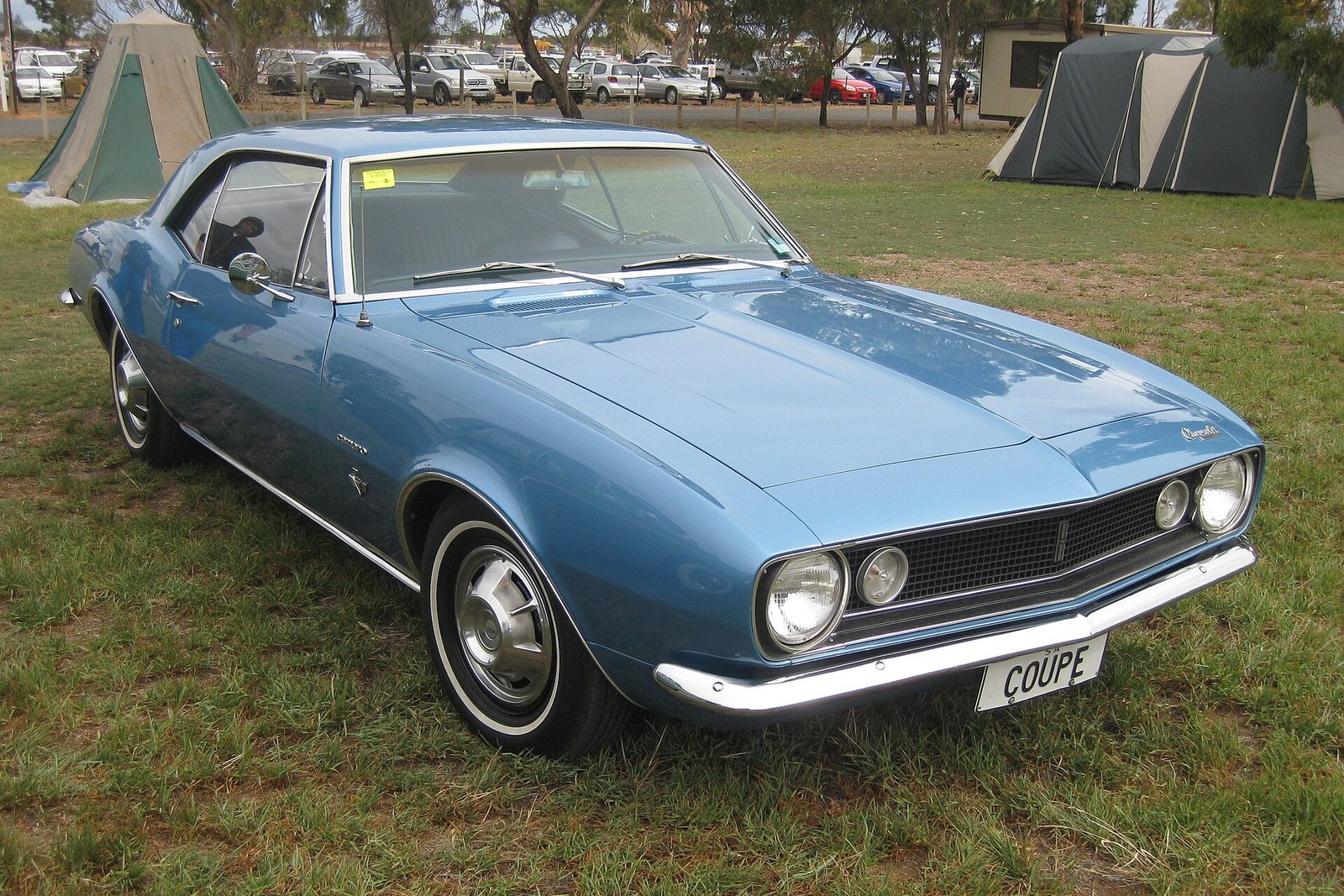
Chevrolet’s Camaro was designed to battle the Mustang, and the ZL1 was its ultimate weapon. With an all-aluminum 427 big-block engine, it was built mainly for drag racing and cost nearly double a base Camaro.
Chevy built just 69 ZL1s, making it one of the rarest muscle cars of the era. Today, they routinely sell for $700,000–$1,000,000, proving that scarcity and performance create collector magic.
9. 1963 Chevrolet Impala Z11
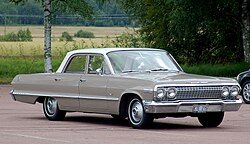
The Impala was a family car — unless you ordered the Z11 drag racing package. Chevy installed a lightweight aluminum front end and a special 427 engine designed for competition.
Only 57 Z11 Impalas were built, and they dominated Super Stock drag racing in their day. Finding one today is almost impossible, but when they appear at auction, prices soar into the seven figures.
10. 1968 Dodge HEMI Dart
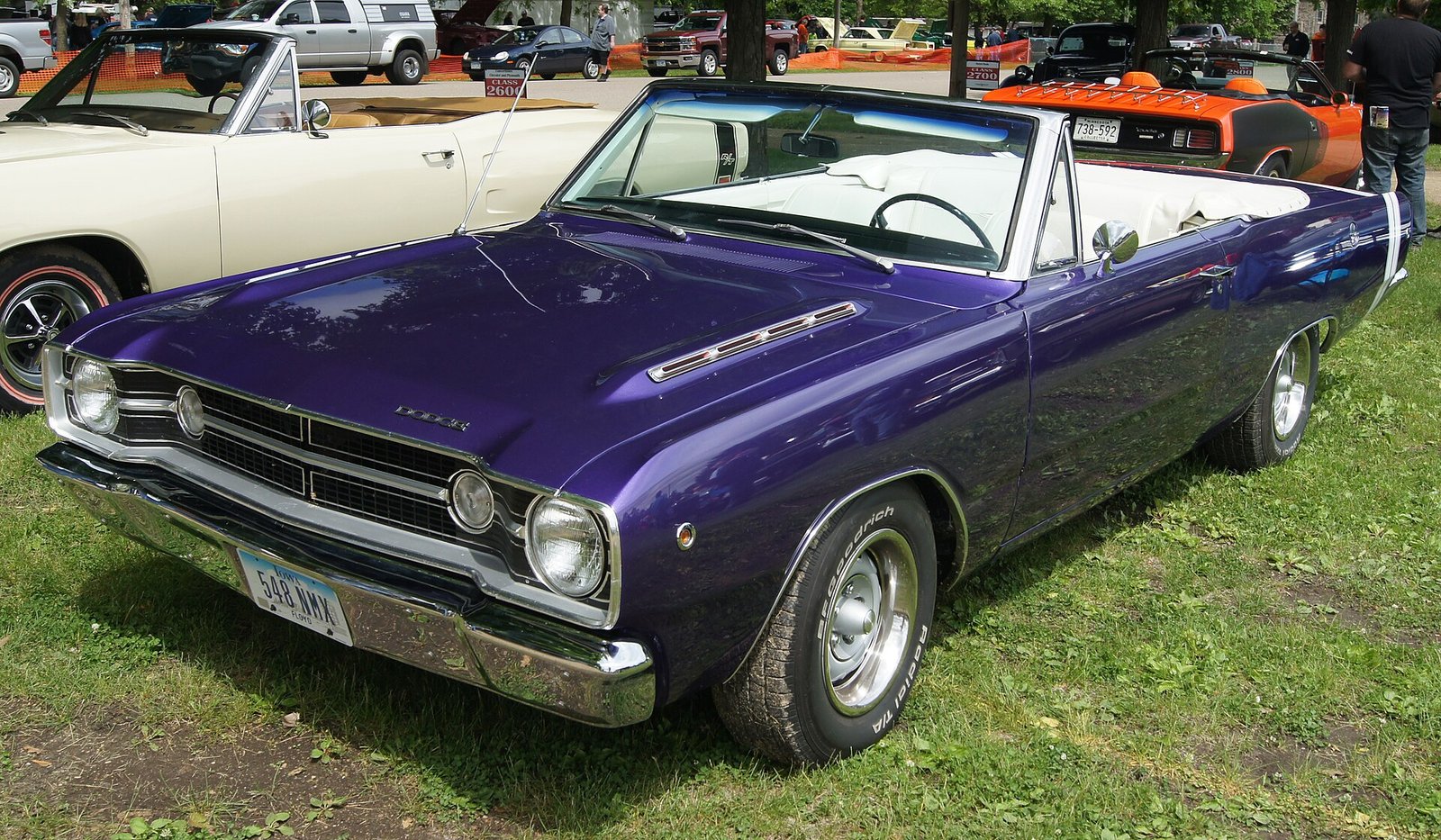
Perhaps the ultimate factory drag car, the HEMI Dart was stripped down to bare essentials and fitted with the monstrous 426 HEMI. Dodge built only about 80 of them, selling directly to drag racers.
They were never intended for the street, and most lived hard lives at the track. Survivors are some of the most desirable Mopars ever, with values well over $500,000.
Why These Cars Skyrocketed
All of these cars share a few traits:
- Limited production — the fewer built, the more valuable they became.
- Big performance — these weren’t just cars, they were statements.
- Cultural impact — many were featured in movies, songs, or magazines.
- Survivorship — many were raced, wrecked, or modified, making original cars rare today.
For collectors, owning one of these machines isn’t just about money. It’s about holding a piece of American history — a reminder of a time when horsepower ruled, gas was cheap, and the open road called.
Final Thoughts
Back in the day, you could walk into a dealership and buy a Shelby GT500 or a Hemi ’Cuda without thinking about resale value. Today, those same cars are among the most valuable pieces of American iron on earth.
It’s a lesson that sometimes the cars we take for granted today may become tomorrow’s treasures. So whether you’re a collector, a dreamer, or just someone who remembers when these machines were new, one thing’s clear: the golden age of American muscle will never lose its shine.
